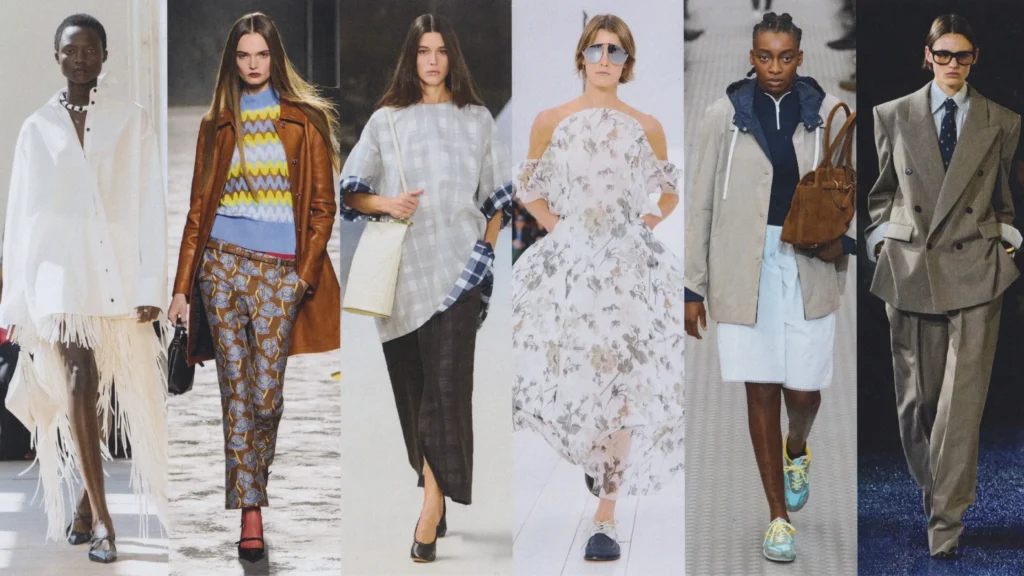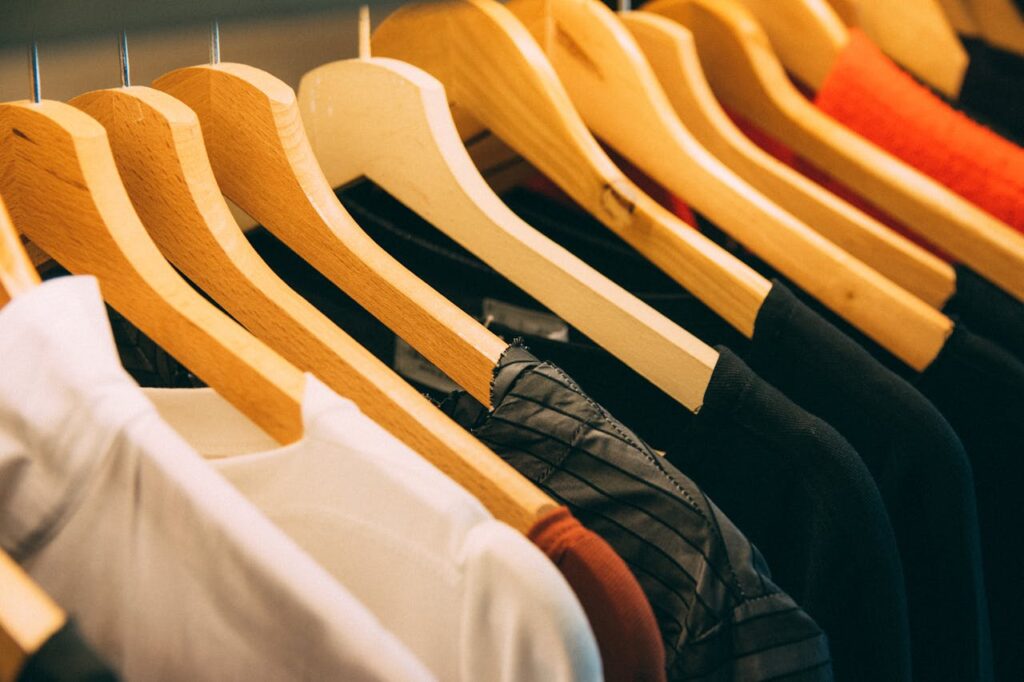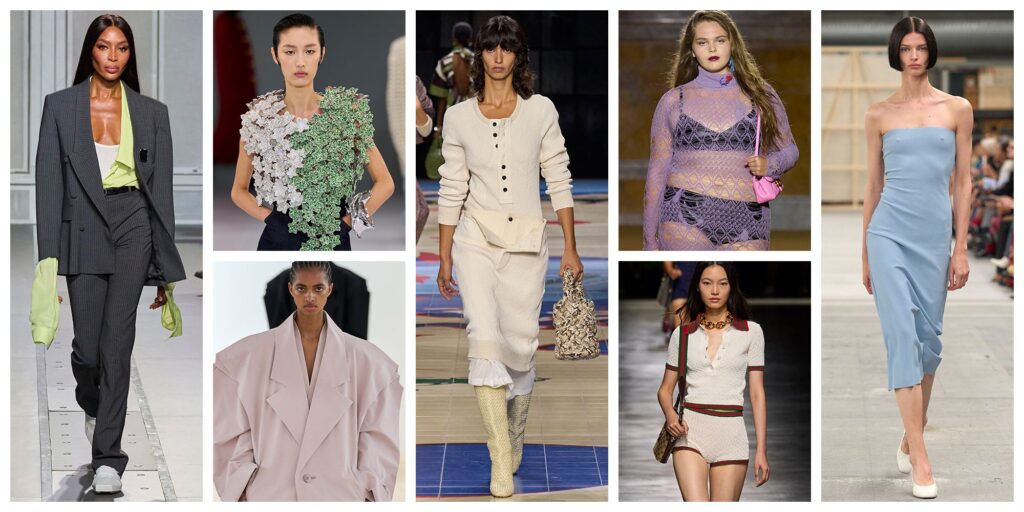As fashion sprints into 2025, the industry faces a pivotal transformation. Trends no longer emerge slowly—they explode overnight. What’s in vogue today may vanish tomorrow. To stay competitive, fashion brands must go beyond aesthetics and evaluate their performance holistically—across design, technology, sustainability, and consumer sentiment.
Let’s break down what’s trending in and out, and how your brand can perform a mid-year review with purpose and clarity.
Why a Performance Review is Essential in Fashion
In an industry obsessed with the new, the need to assess past and present efforts is often overlooked. A fashion performance review is your chance to reflect, recalibrate, and reposition your brand for the future.
Key areas to evaluate:
- Trend responsiveness & originality
- E-commerce & retail sales performance
- Customer loyalty and feedback loops
- Sustainability practices
- Digital innovation and brand storytelling
What’s In: Top Fashion Trends Shaping 2025
1. Neo-Minimalism Returns with Earthy Tones
Out with maximalist chaos; in with serenity. Expect clean tailoring, warm neutrals, and functional elegance to rule 2025 runways. Neo-minimalism speaks to a growing desire for sustainability and timeless investment pieces.
2. AI-Powered Fashion Design
Fashion brands are tapping into artificial intelligence to predict trends, generate unique prints, and streamline production. Smaller brands can now compete with giants thanks to tools like AI design software and predictive analytics.
3. Upcycled & Reworked Couture
Eco-luxury meets creativity. More designers are reviving vintage materials and deadstock fabrics to create one-of-a-kind collections. It’s a win for sustainability and storytelling.
4. Phygital Fashion Shows
The line between real and digital continues to blur. With AR try-ons, VR catwalks, and metaverse-inspired presentations, fashion shows are becoming immersive, global experiences.
5. Transparent Supply Chains via Blockchain
Consumers want to know where their clothes come from. Blockchain integration allows shoppers to trace garments from fiber to shelf, building trust and brand integrity.
👉 For an in-depth look at these shifts, see the McKinsey & Business of Fashion’s authoritative State of Fashion Report for insights on industry benchmarks and future projections.
What’s Out: Fading Fashion Trends in 2025
1. Fast Fashion Frenzy
Speed is no longer synonymous with success. Overproduction, poor quality, and wasteful practices are being actively rejected by Gen Z and millennials.
2. Rigid Gender Labels
Fashion is moving toward fluidity and freedom. Expect to see more unisex, genderless, and customizable collections dominating the mainstream.
3. Macro-Influencer Saturation
Consumers crave authenticity. Mega influencers are giving way to niche creators, stylists, and community-led curators who offer real value and transparency.
4. Plastic-Based Fashion
Collections made purely from synthetics (like polyester) are losing favor. Natural, biodegradable, and regenerative fibers are the new standard.
5. Trend-Hopping Without Identity
Brands that chase viral trends without a consistent message are being abandoned. Consumers want identity, not impersonation.
Challenges in Conducting a Fashion Performance Review
Fashion isn’t just creative—it’s analytical. But many brands struggle with performance reviews due to these common challenges:
1. Fast-Moving Trend Cycles
Microtrends come and go overnight. Keeping up without diluting your brand is a major struggle.
💡 Solution: Focus on modular, core pieces that can adapt to trends without requiring a full redesign.
2. Data Chaos
Fashion brands collect tons of data—from social analytics to POS—but few know how to act on it effectively.
💡 Solution: Use tools like Google Looker Studio and SEMrush’s SEO Audit Tool to structure insights and identify what’s driving ROI.
3. Greenwashing & Sustainability Pressure
Consumers are calling out brands who “talk green” but don’t walk it.
💡 Solution: Invest in lifecycle assessments, traceable supply chains, and third-party certifications like GOTS or OEKO-TEX.
4. Fragmented Global Markets
What works in Seoul may flop in Stockholm. Regional preferences challenge global uniformity.
💡 Solution: Use regional social listening tools and A/B testing to tailor campaigns while staying on-brand.
5. Balancing DTC and Retail Growth
Owning your audience is powerful—but many brands still need retail exposure.
💡 Solution: Run limited drops via DTC to test new styles, then scale them to retail based on performance.
Your 6-Step Fashion Performance Review Checklist
Here’s a framework your brand can use to run a clear and actionable mid-year review:
✔️ Trend Alignment:
Are your current collections aligned with emerging consumer values and styles?
✔️ Sell-Through Rate:
How much inventory is moving at full price vs. markdown?
✔️ Sustainability Impact:
Are you tracking emissions, waste, and ethical sourcing?
✔️ Customer Sentiment:
Are your reviews, social engagement, and NPS improving?
✔️ Channel Effectiveness:
Which platforms (e.g., Shopify, Instagram, Zalando) are driving the most ROI?
✔️ Brand Consistency:
Are you building a cohesive aesthetic across all touchpoints?
Final Thoughts: Adapt to Lead
2025 is not the year to follow—it’s the year to lead. Whether you’re designing your first collection or scaling globally, a smart performance review can help you stay relevant, responsible, and resonant.
Fashion isn’t just what you make—it’s how you perform.
Use this guide as your brand’s mirror. Reflect, refine, and relaunch with confidence.





